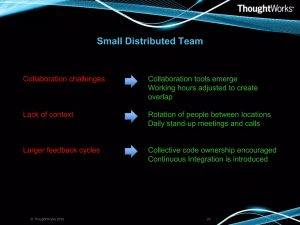The Role of Corporate Venturing in Startup Innovation

Startups allow corporations to quickly prototype and test new ideas, yet how best to utilize these resources remains a difficult challenge.
Enablers like research centers, universities and VC investors can open up new possibilities for corporate venturing. Selecting an enabler that fits perfectly requires carefully considering its benefits before creating a compelling value proposition for them to unlock them.
Leverage existing assets
Corporate ventures offer more than capital to startups; they also bring customers, expertise, facilities and other assets that will accelerate its growth and help achieve its business goals more quickly.
Venture capitalists offer companies an effective means to enhance their brands, reputation and social impact through partnerships with innovative, successful or socially responsible startups – Intel Capital being one of the best known corporate venturing units.
But successful corporate venturing requires selecting enablers carefully; selecting inappropriate ones could have the opposite effect and hinder or even derail your venture. This new report from IESE sheds light on various types of corporate venturing enablers and how you can select them according to your company’s specific requirements.
Test new customer experiences
Corporate ventures provide a unique opportunity for testing out customer experiences without endangering the brand. Thanks to their small size and flexible nature, corporate ventures can rapidly experiment with various growth marketing strategies and branding practices in order to quickly discern what’s working and what doesn’t.
Startups are at the cutting-edge of innovation, making them an excellent way for large companies to stay competitive. By teaming up with startups, corporations can gain access to groundbreaking technologies without investing time or money developing them themselves.
Corporate venturing does come with some risks that could impede its overall success, however. One such risk is that core companies could miss opportunities as resources are diverted to new projects, while unclear goals and resource allocation could create conflict between corporate parent and startup. Finally, stake dilution means founders and management teams could end up having less skin in the game.
Bridge the generational gap
Establishing an intergenerational team can give companies new insights on how best to approach innovation, enabling them to create more creative solutions that appeal to a broader set of customers. Craft brewery Trillium Brewing used this approach successfully by merging traditional with modern brewing methods in order to provide consumers with unique flavour profiles.
Launching corporate ventures enables companies to test new technologies and business models in a risk-free setting, without impacting the mothership brand too significantly. Launching ventures allows businesses to safely test new concepts or technologies without incurring high costs or damaging its image; those which succeed can quickly scale while those which don’t may be shut down without disrupting its core mission.
Many corporations struggle to identify suitable ventures and relationships for themselves. Their focus often remains on financial returns while they ignore strategic alignment, ecosystem building and learning as important considerations – leading to missed opportunities, reduced stakes and investors controlling priorities and terms.
Test new business models
Startups that wish to succeed within the corporate ecosystem must understand how their offerings can add value for established firms, whether this means through innovative technologies, disruptive business models or accessing new markets and customers. In order to do this effectively, startups should master the art of pitching to potential partners – this may include corporate venture arms, accelerators or strategic partners as potential allies.
Corporate venturing offers corporations an efficient means of tapping innovation in an agile and collaborative environment, but corporations must ensure their corporate venture arm’s strategy aligns with its innovation and growth goals for optimal success. Failure to do so may result in management support dwindling for corporate venturing activities; to mitigate this possibility it is crucial that a clear decision-making structure and process exist – this can help establish milestones and metrics, as well as prevent over-promising. It is also vital that a team of specialists be present when setting up operations – essential when setting up venture operations in its new market environment.



